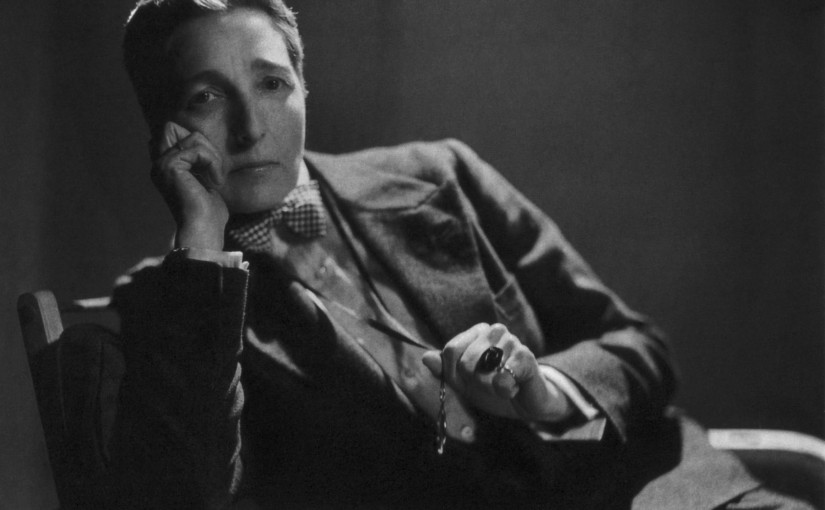Local historian Helena Wojtczak has released a new book this month. Notable Sussex Women is a richly-illustrated collection of 580 short biographies of outstanding, eminent, eccentric, famous or rebellious women who were born, lived or died in Sussex. The book is in stock at Martello Books, 26 High St, Rye and is available online at www.hastingspress.co.uk.
The following are two very Notable Sussex Women who lived and worked in Rye.
Among the two hundred who lived in the east side of the county was Marguerite Radclyffe Hall (1880–1943), a poet, songwriter and novelist.
A graduate of King’s College, London, her most famous work was The Well of Loneliness (1928), which gained fame when it was banned for obscenity because of its lesbian theme. It has never been out of print and the latest edition appeared in 2006. Miss Hall lived in luxury, firstly with society beauty Mabel Batten, twentyfour years her senior, who died in 1916; then with Miss Batten’s cousin, Una Troubridge for twenty-eight years, in various locations, including two in Rye: The Forecastle, Hucksteps Row, and Blackboys, High Street (which bears a plaque) in the 1930s. Miss Hall, with cropped hair, gentlemen’s tailored suits, spats and monocle, acted as Mrs Troubridge’s husband, calling herself ‘John’. The nature of their relationship became public knowledge during the trial of her novel. By all accounts she was a demanding, autocratic and ruthlessly unfaithful lover. A convert to Roman Catholicism, she died and was buried in London, where she is honoured with an English Heritage blue plaque.
Una Troubridge
Her lover Una Troubridge (1887–1963) was an artist and writer. A student of the Royal College of Art, she set up a sculpture studio, where she produced her most famous work ‘Nijinsky as The Fawn’. Obliged to marry for financial support, she chose Captain Ernest Troubridge, a widower twenty-five years her senior, by whom she had a daughter. In 1917 she left him for Marguerite Radclyffe Hall and gained a legal separation in 1919, some months before he received a knighthood. She lived with Miss Hall for twenty-eight years.
Between 1930 and 1961 she wrote several books, including This Man and This Woman; and The Life and Death of Radclyffe Hall, and translated books from French, including The Little World of Don Camillo, Under the Bolshevik Uniform and works by Colette. She was noted for wearing a monocle and immaculate male dress suits in the 1920s dressing as an elegant lady in the 1930s and for wearing her late girlfriend’s exquisitely-tailored suits (altered to fit) in the 1940s.
In later life she bred pedigree dogs and was a member of the Ladies’ Kennel Club. A convert to Roman Catholicism, after Miss Hall’s death she moved to Florence and died in Rome.
Rye’s Own July 2008
All articles, photographs and drawings on this web site are World Copyright Protected. No reproduction for publication without prior arrangement
